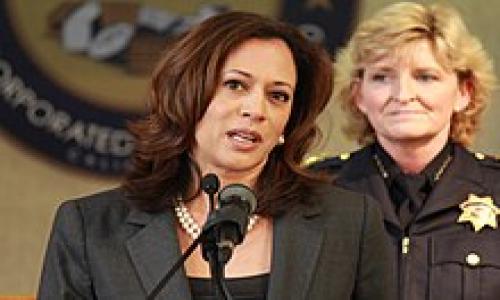Earlier this week, the Federal Reserve proposed new rules for the mortgage industry. Some of these new rules may seem a little complicated while others just seem like common sense. Here are some of the highlights about the new rules proposed by the federal government.
1. Banks should only give mortgage loans to buyers who can afford the payments.
You would think this is common sense financially. If someone cannot afford to pay a mortgage loan payment, why would a lender loan them the money? But many lenders were not following that simple rule which is why the mortgage mess occurred in the first place. Under the new proposal, there would be eight underwriting qualifications that a buyer must meet before they can be considered for a mortgage loan. Some of these factors include the person’s current employment status, the mortgage payment amount, assets and income, current debt payment obligations and more.
2. Creating qualified mortgages.
A qualified mortgage is one of the new concepts introduced in the new rules. This refers to a mortgage product that conforms to a set of rules in order to get “special protection from liability.” This doesn’t mean that banks and lenders cannot offer non-standard mortgages and products, but they will be vulnerable to legal liabilities if they do. Some of the rules for a qualified mortgage state that the loan cannot contain: interest-only payments, a term longer than 30 years and it cannot have a negative amortization, among other rules.
3. Some subprime mortgages are acceptable.
The federal government wants lenders to have some flexibility when it comes to offering subprime mortgages for “rural and underserved areas.” As such, they will be allowed to write some risky loans in some circumstances. These mortgage loans would have a low monthly payment but a large balloon payment at the end of the loan. This is under the presumption, however, that the owner would refinance when the balloon payment became due rather than risking default.
4. Income verification is avoidable when refinancing some mortgages
Lenders can avoid the income verification rule if they are refinancing a non-standard mortgage. A non-standard mortgage is one in which there is an adjustable rate, negative amortization or other non-traditional terms. This is only available if the homeowner is refinancing into a standard mortgage from their non-standard one.
These are just a few of the new rules proposed by the Federal Reserve. What are your thoughts about these new rules? Do they go far enough in preventing another mortgage meltdown that happened a couple years ago?












Comments
Jchuck5612
May 08, 2011
I think this is a situation of the Govt. overreaching the expectations of the citizenry of the country. We do not need them telling us exactly how we can spend our money and that's what this proposed legislation does.
Is this review helpful? Yes:0 / No: 0
Add your Comment
use your Google account
or use your BestCashCow account